BLOG ENTRY: Solar Cell Lab Analysis
BLOG ENTRY: Solar Lab Reflection
The Mission of Our Experiment
Our solar generation lab was utilized to continue building on our foundation of knowledge about solar energy (specifically that we had gotten from the class text). In addition, we were working to understand the relationship between voltage output of a solar cell and light intensity. Key question: How would distance, which we utilized to change intensity, impact voltage production? Further, what colors of light provide greater levels of voltage?
The experiment was to be used to confirm the conclusion that light intensity is positively correlated with voltage produced. With greater intensity, there will be greater voltage. The graphs shown later in this blog entry emphasizes these findings.
How did the lab focus on this issue?
Our lab focused on the different wavelengths of energy hitting the solar panel (through the utilization of color filters) and on the distance from the light source. The distance of the light source was underscoring the importance of light intensity.
These two different variables allowed an in-depth exploration of how energy wavelengths and light intensity impact the amount of voltage produced from a solar cell. Light intensity and the wavelengths from the source impact the speed of the voltage/current.
Trial Set One: Changing Distance
In the first six trials, we used LabView to measure the amount of voltage produced on the solar cell while altering the distance away from the solar cell. In these trials, we left the light unfiltered. The only variable changing with the experiment was the distance between the light source and the solar cell (which was measured by a ruler in centimeters).
Through our understanding of the relationship between light intensity and voltage produced, we concluded (before the experiment) that there would be a decrease in voltage produced as we increased the distance between the solar cell and the light source. This was an inverse relationship.
The table and the graph below indicate the relationship between the distances we used and the amount of voltage recorded on LabView:
| Distance (CM) | Average Voltage |
|
0 |
0 |
|
0 |
0.407417 |
|
2 |
0.385606 |
|
4 |
0.359946 |
|
6 |
0.335569 |
|
8 |
0.334286 |
As we had expected, as we increased the distance between the solar cell and the light source, the amount of voltage decreased. This is what we expected due to the diminished light intensity as light intensity is directly correlated with voltage production.
Trial Set 2: Filtered Light Source
For our second set of trial runs, instead of changing the distance between the light source and the solar cell, we filtered the light source. We left the distance constant, by pressing the light source directly onto the solar cell. To analyze the impact of the color of the light source, we used four different colored tinted sheets: Blue, green, red, and yellow.
This experiment built off of our class lecture understanding that different wavelengths of energy will go through to the solar cell with different tinted sheets:
Analyzing the class diagram, we concluded that the colors with longer wavelengths have a lower amount of energy. We inferred that the filters of the darker colors would produce smaller voltage. This is because we noted that silicone solar cells absorb less of the higher energy, and are more able to generate voltage with red/yellow colored radiation.
The table and graph below indicate the voltage recorded by LabView during each color-filtered trial run:
| Color | Average Voltage |
| Blue |
0.330437 |
| Green |
0.3544814 |
| Red |
0.357812 |
| Yellow |
0.386889 |
The graph and table confirms our understanding that the light filters (red/yellow) led to greater current and voltage production. On the other hand, the darker filters decreased the amount of voltage produced.
How did this heighten our understanding of voltage produced in a solar cell?
This experiment underscored the relationship between light intensity and voltage produced. There was a clear, defined positive correlation between the two. In addition, it also highlighted the speed of light formula that implied the wavelength of energy would significantly impact the amount of voltage produced. As we filtered the light source with darker colors, the amount of voltage produced decreased as the silicone solar cell was more receptive to the red/yellow filters. These two relationships built on our knowledge of solar energy prior.
Conclusion
This lab was a unique and interesting way to further enhance our understanding of solar cells. Because this form of energy is being increasingly utilized, it felt timely and appropriate! The lab went smoothly for Rebecca and I, and was definitely one of our favorite experiments so far!



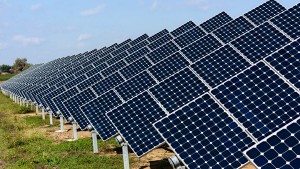
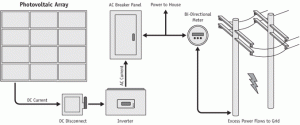

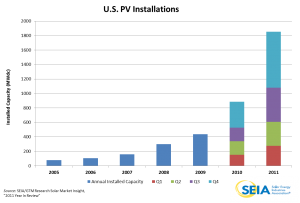
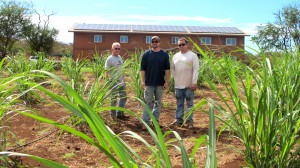
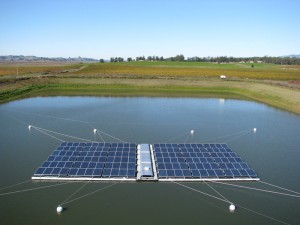













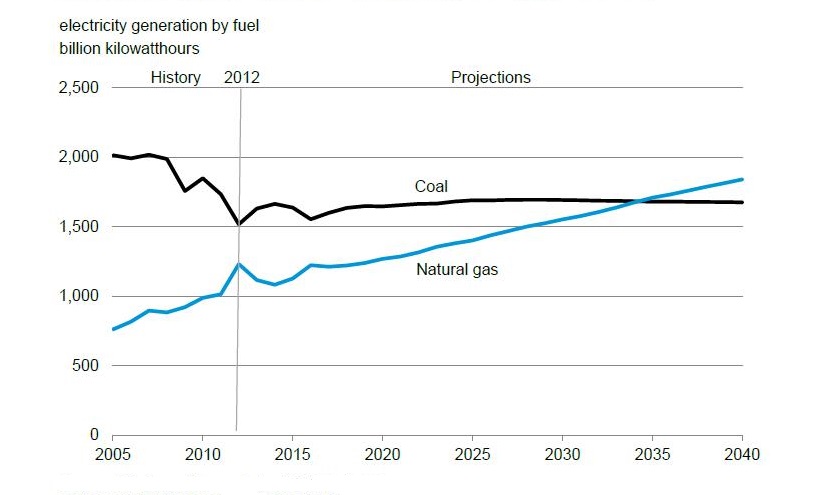












Recent Comments